National Engineers’ Week is February 20-26, 2022! Come celebrate at the Science Mill with Homeschool Day: Careers in Engineering on Thursday, Feb. 24 and Engineering Day on Saturday, Feb. 26. While you’re here, be sure to check out Voice Over, an art-meets-engineering marvel created by artist Riley Robinson. We had the pleasure of interviewing Riley about his creative process, problem solving and powering curiosity with STEAM—Science, Technology, Art and Mathematics.
***
Riley Robinson, artist and Artpace Director (Photo: Chris Castillo)
Visitors to the Science Mill have a unique opportunity to interact with a work of art and engineering by San Antonio-based artist Riley Robinson. “Voice Over started with my interest in ways we communicate,” says Riley. “I wanted to create something that had no external input”—that is, no wires, no WiFi. Voice Over features two massive steel dishes positioned on either side of the Mill’s creek. Visitors can whisper a message into one and have it heard clearly at the other, over 300 feet away, thanks to the dishes’ carefully calculated curves, which focus and direct soundwaves.
Voice Over at the Science Mill
Creating those curves was a group effort. “These days I do more work with my cell phone than with a welding torch,” Riley jokes. He connected with scientists at Southwest Research Institute, who have designed satellite dishes to transmit signals from Pluto. Based on Riley’s designs, the Southwest Research team worked out the precise calculations to make the dishes work. Riley found a metal fabricator in Minnesota to create the final pieces. “I’m a good welder,” he explains, “but these needed to be industrially produced.” While the engineers suggested aluminum for a lighter, easier build, Riley requested steel for its durability. “These pieces need to stand up to the elements for years.” Steel appears often in Riley’s outdoor works, usually with a galvanized treatment—a coating process that both protects from rust and gives his pieces a signature look. Adding this treatment to the highly calibrated dishes, however, felt too risky: “Instead, we gave them the look of galvanized steel.”
One of Riley’s other works—an enormous wrench—being galvanized; scroll down to see how it looks in the final Tool Yard installation. (Photo: Riley Robinson)
Merging practical needs with his vision for a piece is one of Riley’s favorite things about creating art for public spaces. “I love diving into the problem of each project,” says Riley. “Each site is unique and that means that some pieces might not seem to connect to what I’ve done in the past, because they’re about that particular challenge.”
For instance, compared to Voice Over or the giant-scaled tools he created for San Antonio’s City Service Center, you might not immediately recognize Riley’s hand in the thousands of colorful, dainty bluebonnets that dot the front of Bexar County’s Sky Tower at University Hospital. “That project started with an amazing body of research on how art can actually reduce the length of a patient’s hospital stay,” Riley describes. “Even down to what colors, symbols, and layouts to avoid.” Working with these guidelines led Riley to create a field of hopeful steel bluebonnets. (They’re also a nod to Julian Onderdonk, San Antonio’s “father of Texas painting,” who popularized bluebonnet scenes in the early 1900s.) “I happened to meet a transplant surgeon recently,” says Riley, “and learned that he includes Bluebonnets in his course of treatment. The medical team has patients arrive in front of the artwork as a place to chat before heading in for surgery.”
Tool Yard, Northeast Service Center, San Antonio (Photo: Riley Robinson)
Bluebonnets, Sky Tower at University Hospital, Bexar County (Photo: Mark C. Greenberg)
While Voice Over adapts well to the Science Mill’s creek, Riley originally designed it to meet the challenges of a different location: a narrow point on the Rio Grande, spanning the U.S.-Mexico border. “It will be several years and lots of paperwork before that happens, but I hope to see it there eventually,” says Riley. Until then, Science Mill visitors get to enjoy the piece on long-term loan.
In addition to his own work, Riley brings new art and artists to San Antonio as Director of Artpace, a non-profit residency program for regional, national and international artists. “There is so much problem solving that goes into bringing new works to life; it’s making connections to people in lots of different fields and learning from them to make a piece work.”
The artistic process has much in common with scientific experimentation or the engineering design process. Indeed, many educators now include Art among Science, Technology, and Math, turning “STEM” learning into “STEAM.” Riley agrees that the arts need their own spot on this important learning line-up. “Art is its own language, its own way of communicating. It allows you to see things differently and communicate differently.”
Special thanks: The Voice Over project was funded by the Rick Liberto grant for visual arts through the Artist Foundation of San Antonio.
MORE TO EXPLORE
Introduce a Girl to Engineering Day, Saturday, Feb. 19 – virtual events for K-8th grade and high school students hosted by UT Austin; registration open now
Engineering Day at the Science Mill, Saturday, Feb. 26, 10am-2pm – join activities led by special guests (and real engineers) from the American Society of Engineers
Think like a Robot Inventor – explore the engineering design process
Colossal Robotic Hand – a behind-the-scenes look at another amazing feat (or is that hand?) of engineering at the Mill!
Masters of Disguise – learn about biomimicry & engineering inspired by nature








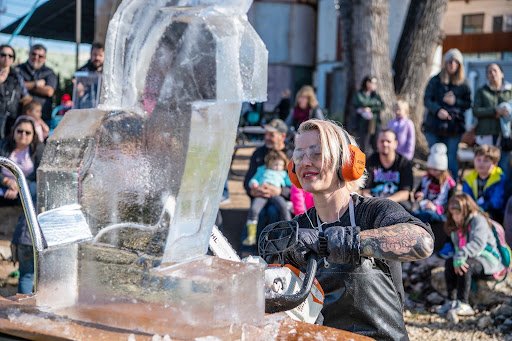



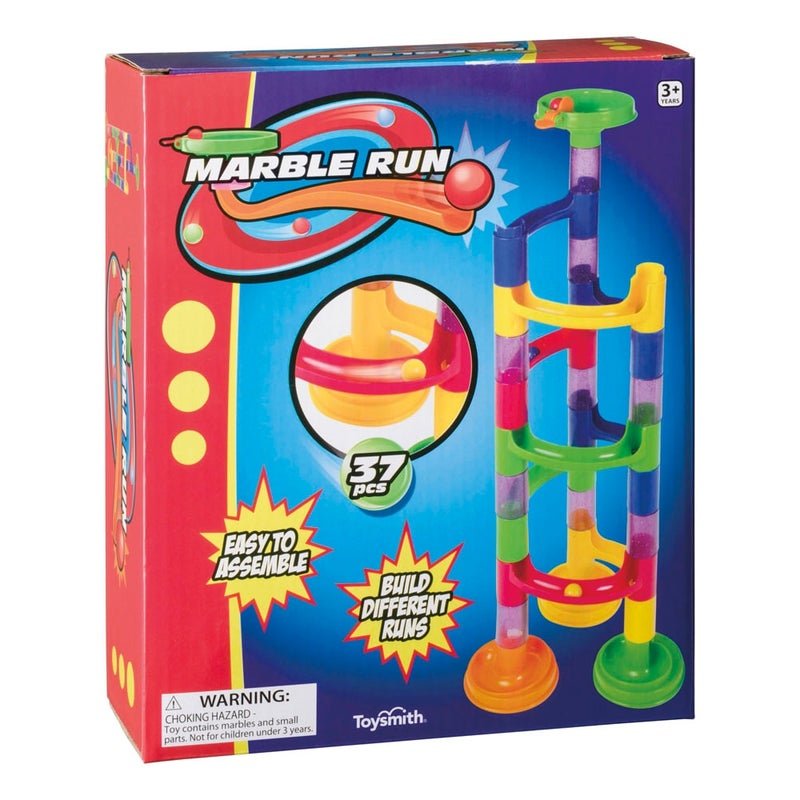
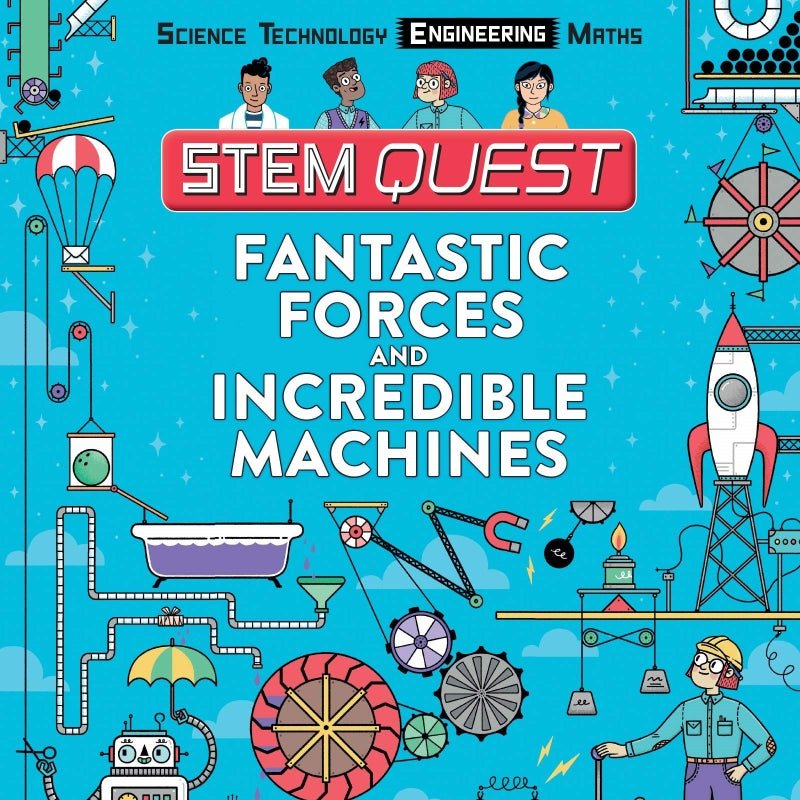


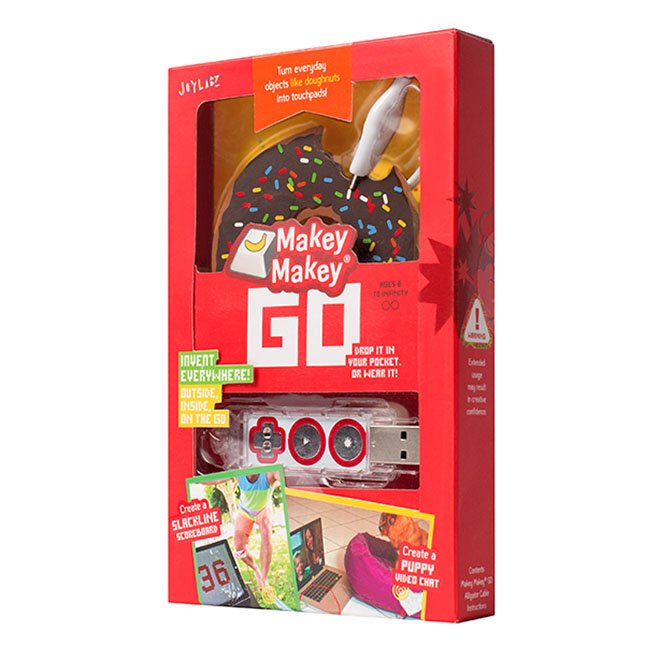







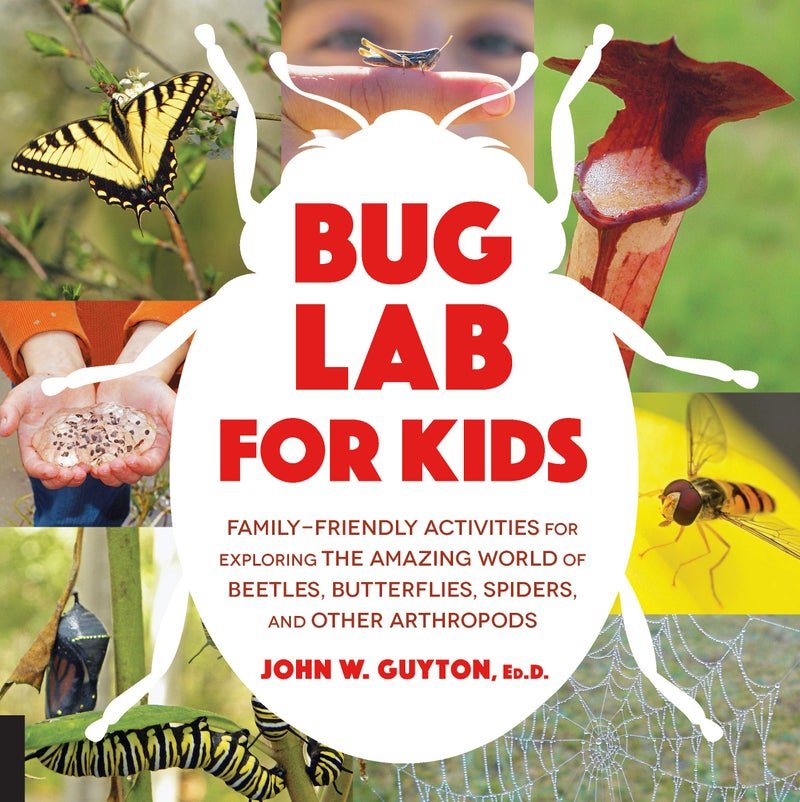
The secret behind Voice Over is the parabola: a curve with special mathematical properties. No matter where a sound wave (like your whisper) hits that curve, the dish’s slope will reflect it out to one spot called the “focus” or “focal point.” Then those sound waves reflect off the other dish’s curved surface and out to a focal point near the listener’s ear. The multiple reflections also amplify the sound.
I SPY…parabolic reflectors!
Can you spy parabolic reflectors at work around you? Some hints to help you spot them:
You might spy them used in architecture where sound needs to be amplified or controlled (ex: band shell or amphitheater)
You might spy them paired with a microphone; they’re especially handy for recording sound from a distance (ex: sounds from a football field)
Parabolic reflectors are also used to focus and amplify light waves (ex: headlights, flashlights, solar cookers) and electromagnetic radio waves (ex: satellite dishes)
You may even spy them in nature! Some owl species have “facial dishes” that help to reflect and amplify sounds to ear openings beneath their feathers. Male moose may get a hearing boost from their massive curved antlers.
ACTIVITIES:
Explorer Zone: Sound of Silos
VIDEO: Echoes and reverberations
VIDEO: Reflection of sound
CAREER CONNECTION:
“I loved music and wanted to be a radio DJ. Then one of my professors said, ‘What about making the records?’” – Jeff Byrd, Audio Engineer for Austin City Limits